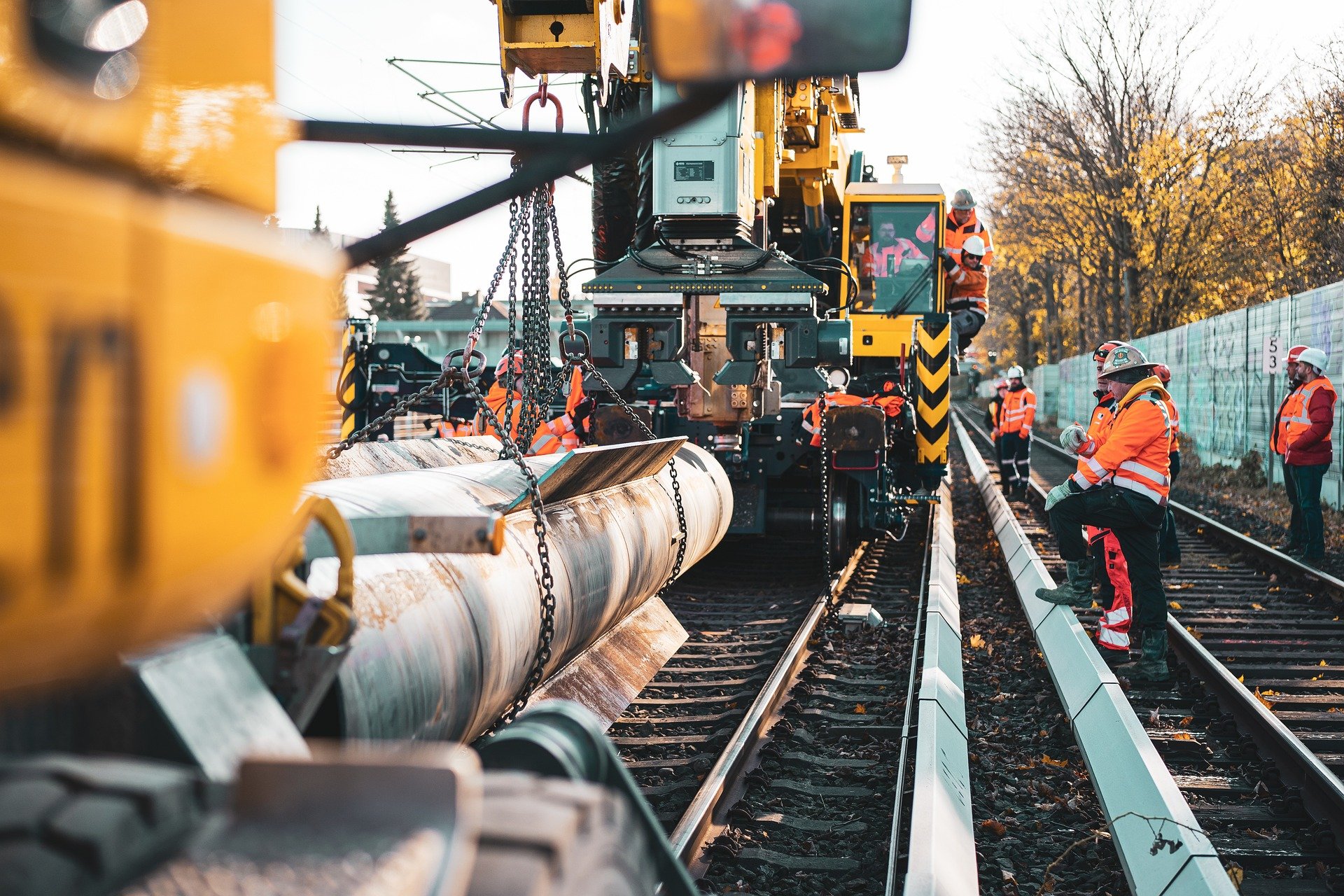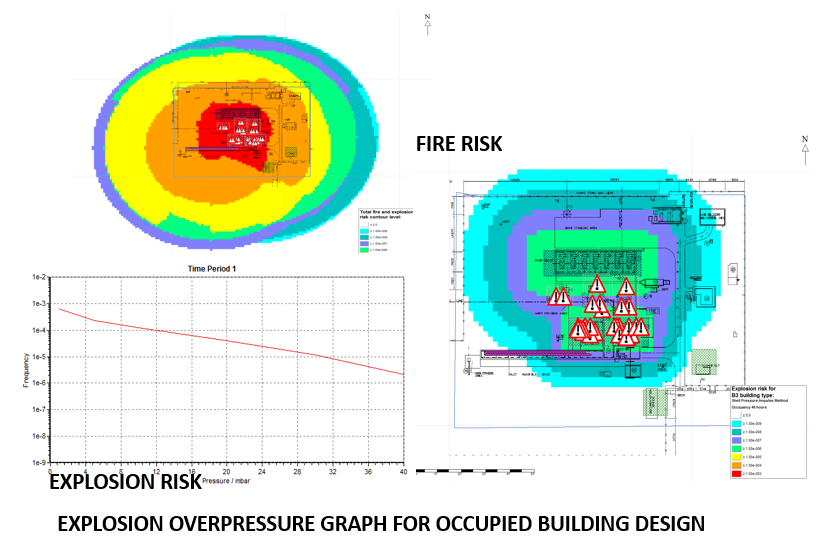Quantitative Risk Assessment (QRA)
QRAs are essential for analyzing and quantifying the level of risk within a facility, including production and processing facilities, pipelines, and storage facilities. The assessment calculates numerical representations of risk and considers various factors such as location-specific individual risk (LSIR), individual risk per annum (IRPA), and potential loss of life (PLL).
By benchmarking risks, identifying key risk drivers, and recommending risk reduction measures, QRAs enable companies to make informed decisions to enhance safety and mitigate potential hazards.
Benefits of QRA
By using QRAs, clients can achieve the following:
Benchmark Risks: Evaluate risks against regulatory compliance levels, as low as reasonably practicable (ALARP) principles, or industry best practices.
Identify Key Risk Drivers:Determine the primary factors contributing to the overall hazard risk.
Determine Risk Reduction Measures: Provide clarity on which risk reduction measures should be considered or which ones would have the greatest impact.

